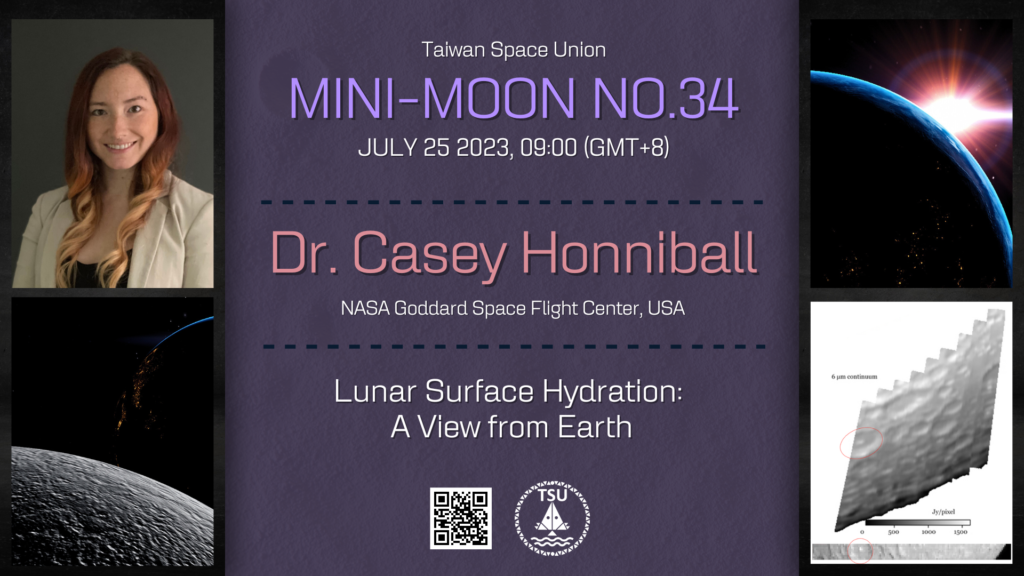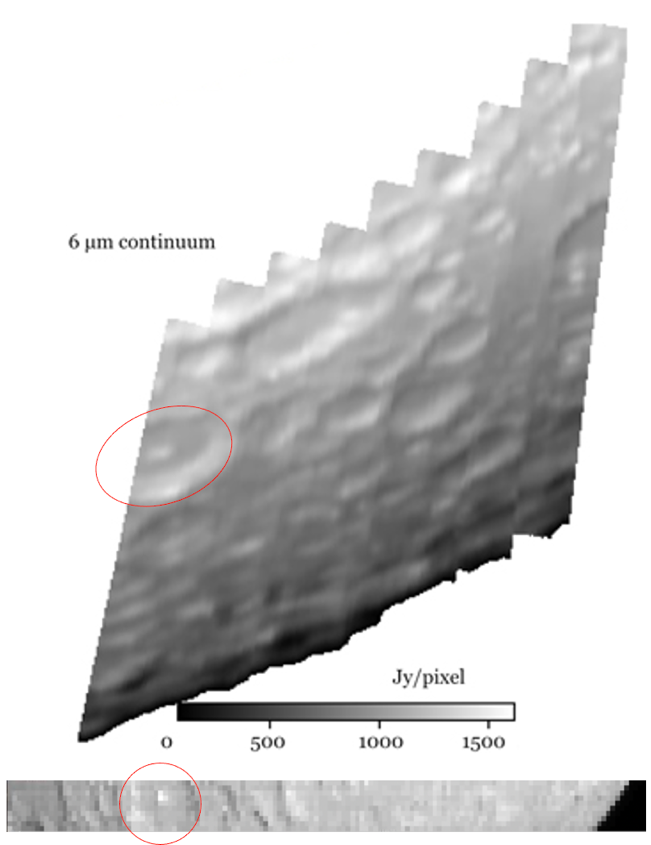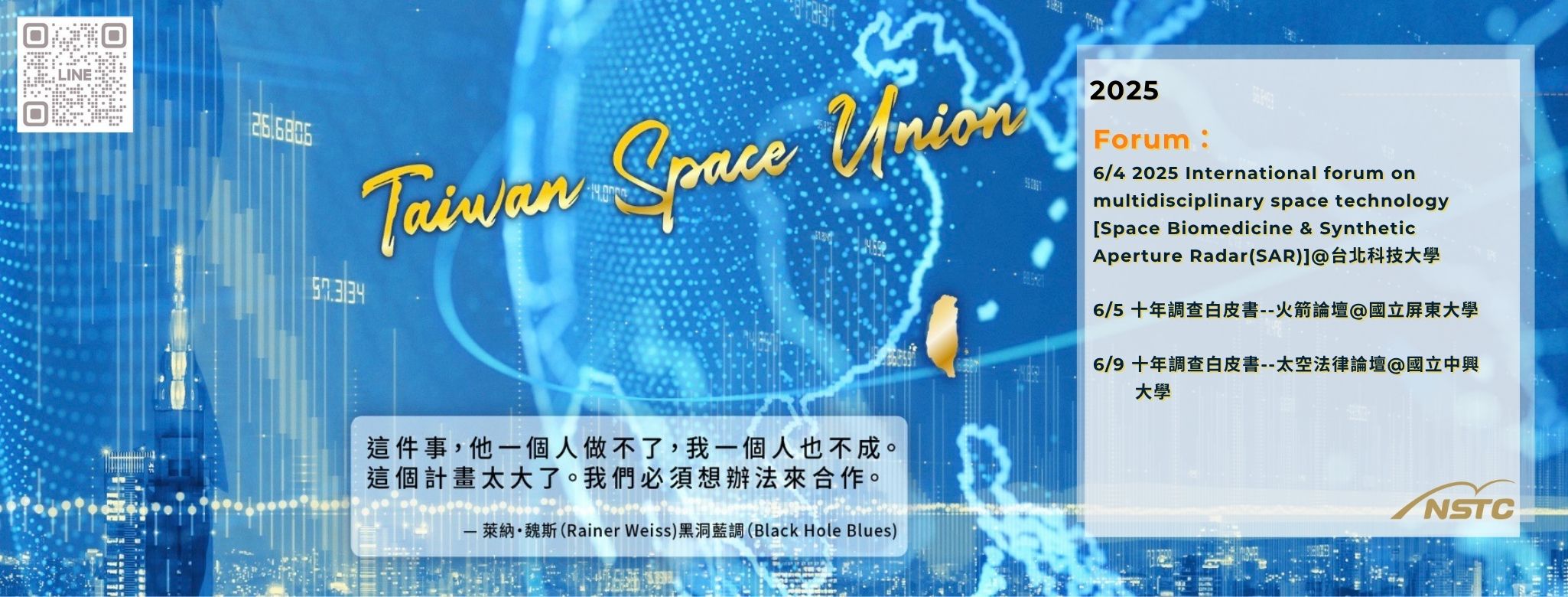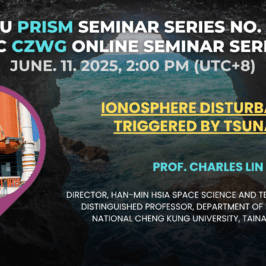
Dr. Casey Honniball
RESEARCH STATEMENT
Characterization of volatile compounds on airless bodies plays an important role in advancing our understanding of planetary processes and human exploration. Under the NASA Artemis program we as a nation and planet are embarking on a sustainable presence in space. This begins on the Moon. Perhaps the Moons most important resource is water. However, its form, abundance, storage, and location is not well constrained, leaving critical uncertainties in its exploitation and conservation. My research addresses these unknowns by conducting lunar observations with Earth-based telescopes and developing instrumentation to measure hydroxyl and water on the surface under different environmental conditions. I use the NASA Infrared Telescope Facility (IRTF) and the Stratospheric Observatory For Infrared Astronomy (SOFIA) to study the active lunar water cycle. As a Co-I on the NASA Volatiles Investigating Polar Exploration Rover (VIPER) mission I work to compare the exchange of volatiles with the lunar surface and exosphere and use the IRTF and SOFIA to place the VIPER landing site and traverse area into regional context. Under a PICASSO grant I aid in developing an instrument that combines the continuous spectral sampling of a spectrometer with the active illumination and ranging capabilities of a lidar. With this one instrument we can observe each stage of the lunar water cycle: from production, to migration, to deposition in cold traps.

LUNAR SURFACE HYDRATION: A VIEW FROM EARTH
Remote detection of hydration on the lunar surface was first reported in 2009 by three spacecraft and manifested as a strong absorption at 3 µm. The hydration at 3 µm is produced by hydroxyl (OH) attached to metal cations and/or molecular water (H2O). Measurements of the 3 µm band were revolutionary but the returned spacecraft data have limitations in wavelength coverage, spatial resolution, global coverage, and lunar time of day. To bridge the gap, we use two Earth based observatories to characterize the true nature of the 3 µm band and to unambiguously detect molecular water. Using the SpeX infrared cross-dispersed spectrograph at the NASA InfraRed Telescope Facility (IRTF) at Maunakea Observatory we address diurnal variability of the 3 µm band and with the NASA/DLR Stratospheric Observatory For Infrared Astronomy (SOFIA) we observe the Moon at 6 µm where a purely H2O feature is exhibited.
Observations with the IRTF reveal total water (OH + H2O) abundances ranging from 0 to ~500 ppm H2O. From this new data set with improved thermal removal, we find diurnal variations of the 3 µm band along with variations with latitude and composition. We observe a decrease in abundance with increasing lunar local time, an asymmetric trend about the equator that favors the South, and higher abundances in highland regions. Data from SOFIA of the reveal abundances of ~100 ppm H2O in the south polar region from the 6 µm emission band. We attribute this signature to molecular water on the Moon and we are unaware or any other lunar material that may exhibit an isolated 6 µm band. This is the first direct, unambiguous detection of H2O on the Moon outside the permanent shadows at the lunar poles. Since then, SOFIA observations reveal the distribution of H2O with lunar latitude, time of day, and instantaneous temperature.
Lunar Surface Hydration: A View from Earth


